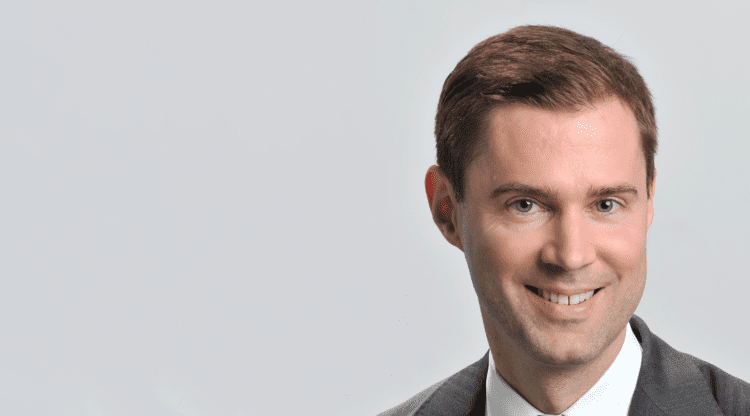
 Opinion Leaders
Opinion Leaders
2017 Outlook: Bonds will be at the center of change
-
Dr. Jan-Carl Plagge, Head of Applied Research
Amid a shift in politics and monetary policy in the US, PULSE ONLINE reviews forecasts as to where key rates may be heated.
Our first two parts – accessible here – of a 2017 outlook series on PULSE ONLINE examined what investors and strategists foresee as the main trends for the economy and equity markets.
Last year, fixed income as well as currency markets saw its ups and downs. Amid a shift in politics and monetary policy in the US, PULSE ONLINE reviews below some forecasts as to where key FX and interest rates may be headed.
US yields path
US rates rose sharply as 2016 drew to a close as economic and wage growth picked up, investors priced in reflationary policies under President Donald Trump, and as the Federal Reserve said it predicts up to three interest-rate hikes this year. Yields on 10-year US Treasurys climbed to 2.59% on Dec. 16 from a record low of 1.36% in July. This move has already prompted some to predict the end of the 30-year bond bull market.
However, yields may not have much room to rise in an environment where inflation and growth remain subdued and the Fed has reiterated it will only raise rates gradually. Last time the central bank was in tightening mode – when it lifted rates by more than 400 basis points between June 2004 and June 2006 – Treasury yields only climbed about 60 basis points to 5.22%.
German yields
Yields on 10-year German government Bunds tumbled to negative territory in June, before rebounding to end the year at 0.21%. The average forecast of four strategists1 sees the yield ending 2017 slightly higher at 0.69%.
Policy and fixed-income markets
Changes in US policy, concerns that the European Central Bank (ECB) may run out of ammunition, and high debt levels are likely to bring volatility to fixed-income markets. If euro corporate bonds underperform government bonds, their larger coupon payments should provide a buffer and help relative returns.
The EURO STOXX 50® Corporate Bond Index had a total return of 5.1% in the first nine months of last year. While yields jumped in the last quarter, the index still managed a 3.2% total return for the whole year.
In the Eurozone, investors will monitor any move from the ECB to extend or scale back its extraordinary asset-purchasing program. President Mario Draghi has announced an extension to the program until December 2017. Brokerages expect no changes to Eurozone rates until 2020.
The Bank of Japan (BoJ) is also diverging from the Fed, having vowed to keep yields on 10-year government bonds close to zero. This has put pressure on the yen, which dropped to 118 to the dollar in December from as high as 100 in September. Economists expect the BoJ to continue this policy of ‘interest-rate control’ in 2017 amid signs of a tepid economic improvement.
Vicious cycle
To be sure, there is still lack of information on what an expanded fiscal policy under President Trump will look like. In what promises to be the defining factor for 2017, the size, scope and reach of government spending and tax cuts could well under- or overshoot current expectations leading to further volatility in market valuations.
Additionally, any large-size stimulus could be accompanied by heavy issuing of Treasury bonds that could lift yields, impacting the discount rate used to value financial assets.
Lastly, aggressive fiscal expansion could drive the Fed to raise rates faster to stop the economy from becoming too hot. This could stifle the economy and end up killing the original purpose of the stimulus.
This post will be continued in a follow-up article.
1 Deutsche Bank, UBS, Morgan Stanley, SocGen.




